- Home
- Start a Painting
How to Start a Painting: 5 Easy Steps to Start Any Painting
You want to know how to start a painting?
Confidently use these steps to start any art painting. Use them for your own beautiful creations and also for painting the tutorials.
Painting adds joy and accomplishment to our lives. Regardless of our background or skill level, we all can all experience the joy of creating art.
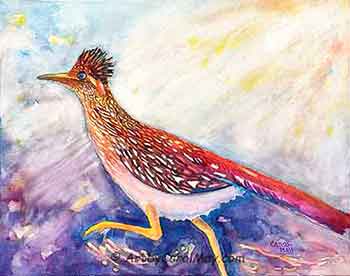 Get started painting!
Get started painting!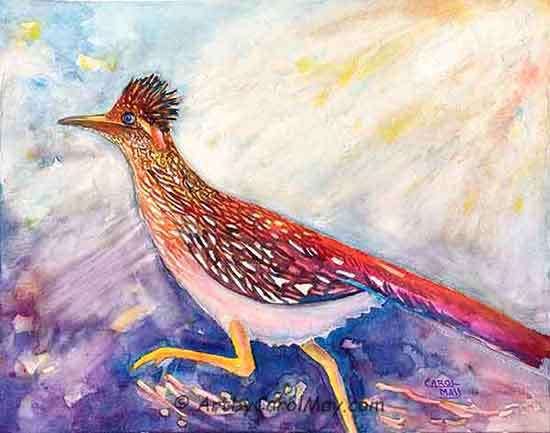 Get started painting!
Get started painting!How to Start a Painting
A few things to get you started painting:
#1 Set the Time and Place
Budding artists progress rapidly when they paint regularly.
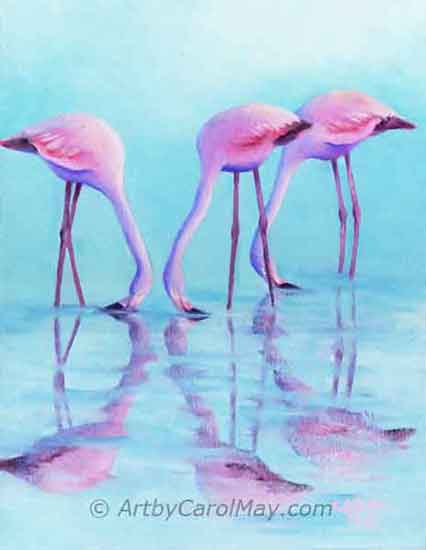 Express yourself with painting.
Express yourself with painting.Set aside time to paint.
The best way to learn how to paint is to make it a priority. Schedule a specified time to paint. And keep the appointment with yourself.
Have a special place for painting.
If it's possible, have an area where you can leave your paintings things out ready to start painting.
You'll be more likely to paint often when you have your own special painting space.
Good light and ventilation are a must in our painting area.
What supplies and furniture are good to have in our home art studio?
#2 Select Your Subject
A good thing to start painting is something we see in our environment.
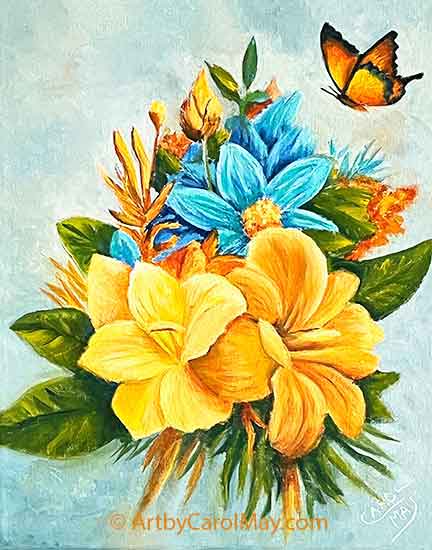 Paint what you love.
Paint what you love.We do a better job of painting the things we know.
The best bet is to paint from life or use your own photos.
You may have photos you took on your vacation, a photo of your pets or flowers, etc.
When we don't have our own photos, be aware that pictures on a postcard, calendar or a magazine are under copyright laws.
Do not paint
them without giving credit to the photographer. Artist's paintings are also copyrighted.
We may go on line and find free images that have no copyright restrictions.
#3 Choose Your Color Scheme
Colors are one of the many joys of painting.
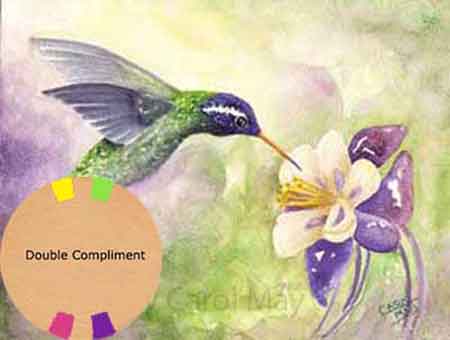 Color schemes create harmony.
Color schemes create harmony.A limited number of colors create color harmony.
A painting with a multitude of colors is disconcerting.
When there are too many colors, the viewer's eye doesn't know where to look.
So, it's a good idea to not use all the colors from our paint box in one painting.
There are so many beautiful colors, but two to five colors will create a harmonious painting.
We can mix many additional colors from only two to five colors.
Selecting a color scheme will give cohesiveness and punch to our paintings.
#4 Get Your Materials Ready
It's a good idea to keep a stock of supplies, so we can paint anytime.
We can begin painting with a minimum of supplies.
Start with the basic materials and add more later. All we need is paint, a palette, a few brushes and something to paint on.
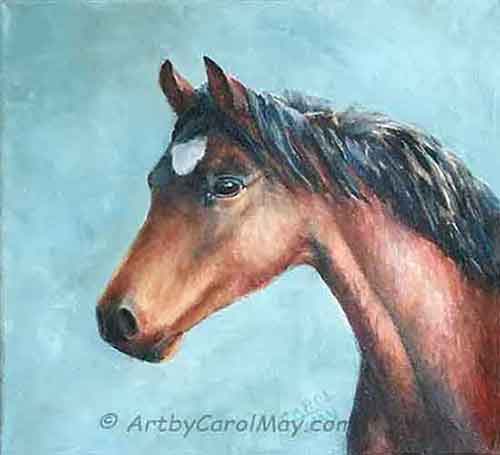 Get your paint and brushes.
Get your paint and brushes.What Are the Popular Art Paints?
What Are the Popular Art Paints?
There are 3 popular paints with differing qualities.
- Acrylics are quick drying.
- Oils offer a rich texture with longer drying times, ideal for blending and detailed color work.
- Watercolors, known for their transparency, allow for intricate washes and subtle gradations.
Consider which medium aligns with your goals and interests. Each paint type has its own unique qualities, enabling you to develop a wide array of styles and techniques.
Do We Start with Student or Artist Paint?
Do We Start with Student or Artist Paint?
Artist paints cost more, but they actually save money in the long-run.
They cover better because they have more color pigments. So, it takes less artist paint to get good, vibrant colors.
Student paints are less expensive because they have less color pigment. Winsor Newton student paints contain a lot of color pigments. So, they make good colors.
Their student paints are called; Cotman oils, Winton watercolor, and Galeria acrylic.
What Do We Paint On?
What Do We Paint On?
Painting supports depend on the medium.
Oil and acrylic are normally painted on canvas or panels.
Stretched canvas is preferred, but students save money by painting on canvas boards.
Prepared hardboards such as Gessobord have a smooth surface which is great for doing detailed paintings and portraits.
Watercolor is most often painted on 140# watercolor paper that has been treated to keep the colors and water from sinking into the paper.
It may also be painted on canvas made especially for watercolor.
My favorite watercolor support is Aquabord, an archival hardboard.
What Brushes Do We Use?
What Brushes Do We Use?
The best way to start a painting is with large brushes.
We don't want to get bogged down in painting details in the beginning. Save the small brushes for small areas and details later.
Brushes are usually flat or round.
Flat brushes cover more area, make straight lines and edges. Round brushes depending on the size are used for large areas or small details.
Start painting on a budget with the recommended brushes for each medium.
What Size Will Your Painting Be?
When you are thinking about how to start a painting, decide how much time you are going to spend painting.
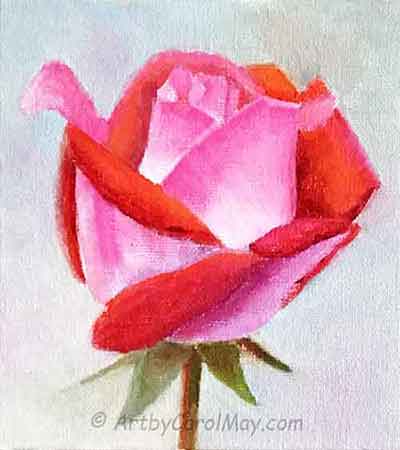 Small paintings are quick!
Small paintings are quick!Small paintings are a good choice when your time is limited.
Painting smaller will still give us the satisfaction of a completed painting.
Large paintings often take several sessions before the painting is complete.
Sometimes they may take weeks or even months, depending on our time restraints.
Small things like hummingbirds or butterflies normally go into a small format.
If we will be including lots of things in the painting, it makes sense to use a larger format.
So, landscape, cityscape, and seascape paintings usually are painted on a large surface.
#5 How to Start a Painting
The best way to start a painting is with a drawing.
Do several small sketches about the size of a postcard.
Sketch the large shapes, their values and how they will be arranged. The painting will go much smoother, when they are planned out ahead of time.
If your painting includes a lot of detail, draw the subject to scale.
Pay close attention to the light and dark values. Good contrast in the values creates stunning paintings.
Drawings for Oil Paintings
Paint an outline of the composition on the canvas.
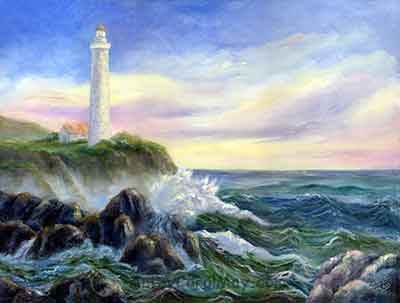 This drawing was done on the canvas.
This drawing was done on the canvas.Do the outline with thinned yellow paint.
If you don't like a line, rub it out with a rag or a paper towel and paint it again.
Pale yellow lines are easy to paint over. The yellow will not show in the final painting.
If there will be a lot of detail in the painting, do a detail drawing on paper first. Then transfer the drawing to the canvas.
Do not use carbon paper to transfer drawings. The carbon is hard to paint over and is likely to show through in the finished painting.
Graphite paper is best for transferring drawings.
Drawings for Watercolor
Do the drawing for a watercolor on a separate piece of paper.
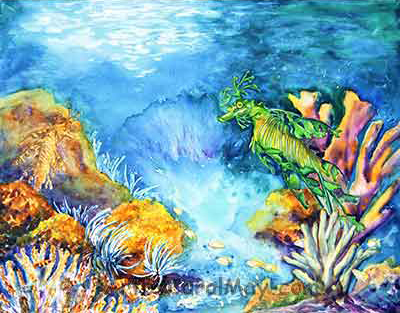 This drawing was done on paper first.
This drawing was done on paper first.Transfer the drawing to your painting surface with graphite paper.
People who are good at drawing may lightly sketch the drawing directly on the painting surface.
Use a graphite pencil. A hard pencil is better to use, so there will not be extra graphite to show thru in the finished painting.
If any erasing is needed, do it very lightly.
Strong erasures on watercolor paper rough up the surface of the paper. Then the erased spot tends to absorb extra paint.
How to Start a Landscape Painting
The logical of how to paint a landscape is to paint things behind or underneath first.
Paint from the background to the middle, and do the foreground last.
Look at the painting below and imagine yourself painting it in the order of the numbers.
1. Paint the background things like the sky, distant hills or water.
2. Start painting forward. The middleground foliage is closer, so it overlaps the sky.
3. The water was painted before the buildings and boat because they rise up out of the water.
4. Then the buildings were painted. Note how the buildings overlap the foliage of step 2.
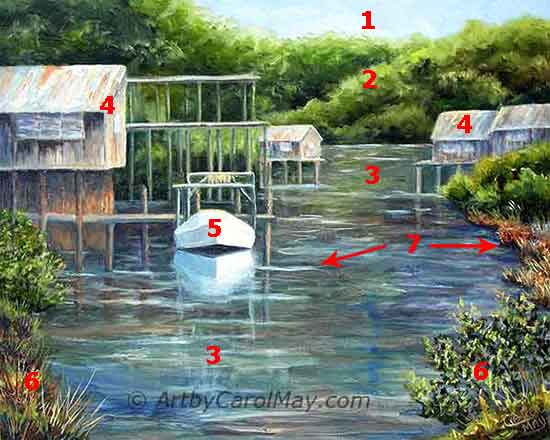 Paint from the background to the foreground.
Paint from the background to the foreground.5. The boat and its reflection are painted on and into the water of step 3.
6. Paint the foreground foliage on the sides of the painting. Note how they overlap the water.
7. Finish the details and make any corrections. The water was highlighted and shadows were painted at the base of the grasses.
Painting from back to front is a good way to start painting landscapes.
After we are more familiar with painting, we may approach each painting differently. For example, the sky may be the last thing to be painted.
It's up to the artist and each individual painting, but this is my favorite way to paint landscapes.
How Do We Start Close-up Subjects?
How do we start painting closeup things like people, a butterfly or an animal?
Paint the subject first. Then paint the background around the main subject.
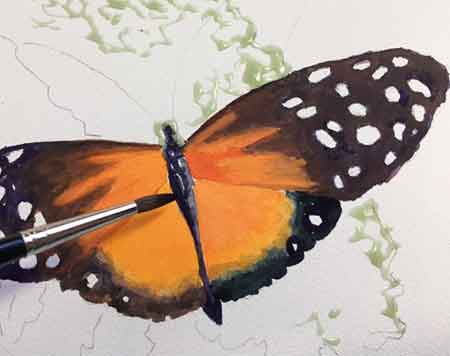 The butterfly was painted first.
The butterfly was painted first.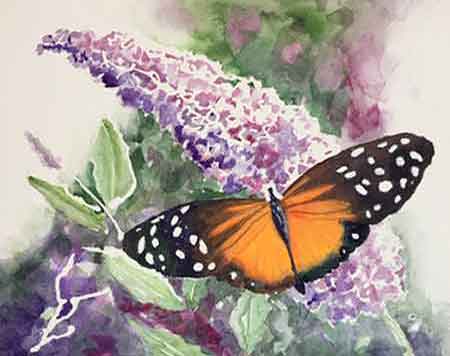 Then the background was painted.
Then the background was painted.This is my preferred method of painting a close-up subject.
After the subject has been painted, it's easier to see how to use values and color to contrast and highlight the subject.
Many artists do it the other way around. And, sometimes I do paint the background first and the subject second.
Either way is correct. It is just a matter of personal preference.
How to Start a Painting with 5 Easy Steps
- Pick and time and place.
- Choose your subject.
- Select your color scheme.
- Get the materials ready.
- Start with a drawing.
Select a painting tutorial of your choice and start painting.
Are You Intrigued with Watercolor?
You can learn how to paint watercolor with this complete beginner's tutorial.
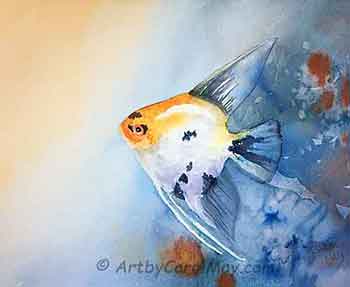 Start painting watercolor.
Start painting watercolor.Use the basic techniques of painting watercolor, as you create a beautiful angelfish painting.
Get the rule and tips on using watercolor.
- Paint light to dark.
- How to paint a wash.
- Painting wet into wet.
- Also, paint wet on dry.
It's the perfect place to start painting watercolor step-by-step.
Are Classic Oil Paintings Calling You?
Are you eager to learn how to oil paint?
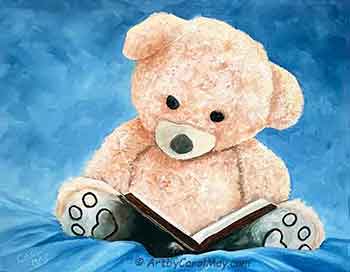 You can begin oil painting.
You can begin oil painting.You can start oil painting with this comprehensive tutorial on oil painting.
Oil paint is easy to use and the same techniques may be used with acrylic.
Explore the essential supplies, clean-up, drying time, the rules of oil painting, and find answers to frequent questions about oil painting.
We use the rules of fat over lean and paint dark to light in this step-by-step tutorial.





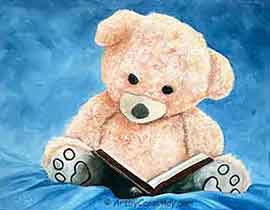 Are you eager to learn how to oil paint? What are the essential supplies for oil painting? What do we need for clean-up and how long do oil paintings take to dry? Learn the rules of oil painting and t…
Are you eager to learn how to oil paint? What are the essential supplies for oil painting? What do we need for clean-up and how long do oil paintings take to dry? Learn the rules of oil painting and t…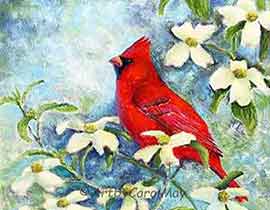 How do we create a focal point in art? Where do we put the focal point? How do we find the focus of an artwork? Should all paintings have a center of interest or can they have more than one? Learn fro…
How do we create a focal point in art? Where do we put the focal point? How do we find the focus of an artwork? Should all paintings have a center of interest or can they have more than one? Learn fro…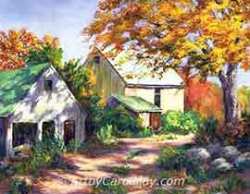 Art elements and principles appear over and over in good paintings. The elements and principles work together for us to create successful artwork. Art principles are the rules that govern how an artis…
Art elements and principles appear over and over in good paintings. The elements and principles work together for us to create successful artwork. Art principles are the rules that govern how an artis…